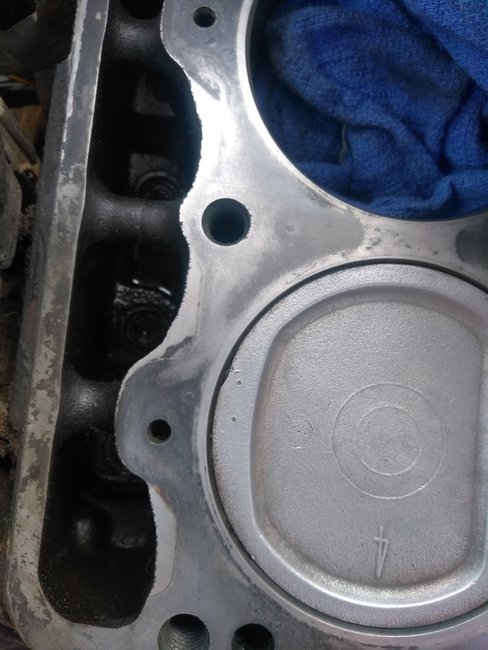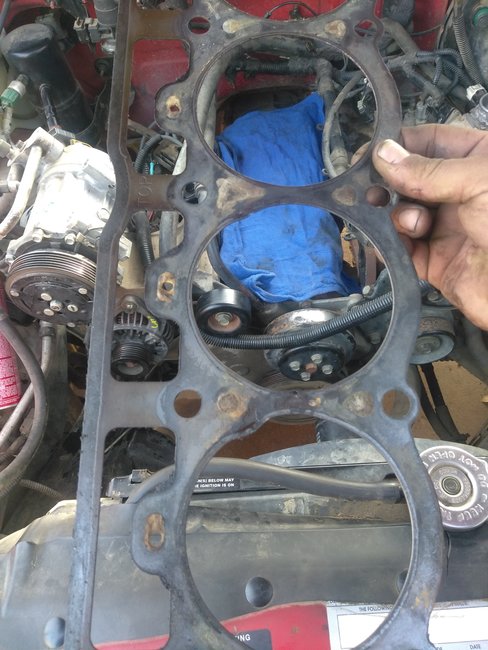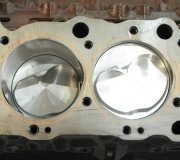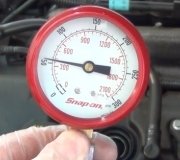When two adjacent cylinders have low compression, a leaking head gasket is the best suspect. The compression test showed the compression was low. A cylinder leakage test will show why it is low. That involves pumping compressed air, through the tester, into the cylinder, then you observe where it is sneaking out.
For a leaking exhaust valve, you will hear hissing at the tail pipe. For a leaking intake valve, you will hear hissing at the throttle body. For leaking piston rings, the hissing will be heard at the "oil" cap or dip stick tube. The most common head gasket leak will cause a steady stream of tiny bubbles in the radiator.
It is possible to incorrectly blame a leaking valve when you hear hissing at the tail pipe or throttle body when the air leaks into the adjacent cylinder, then out its open valve. (This test requires each piston to be at top dead center on the compression stroke when that cylinder is being tested). To avoid that, have the spark plugs removed from adjacent cylinders. That way you will hear the air at those spark plug holes.
You might find a cylinder leakage tester at an auto parts store that rents or borrows tools. You can also ask at a community college that has an Automotive program. An instructor might borrow the tester to you or offer to have the students do the test if they are currently studying engine repair.
Saturday, December 9th, 2017 AT 7:09 PM





